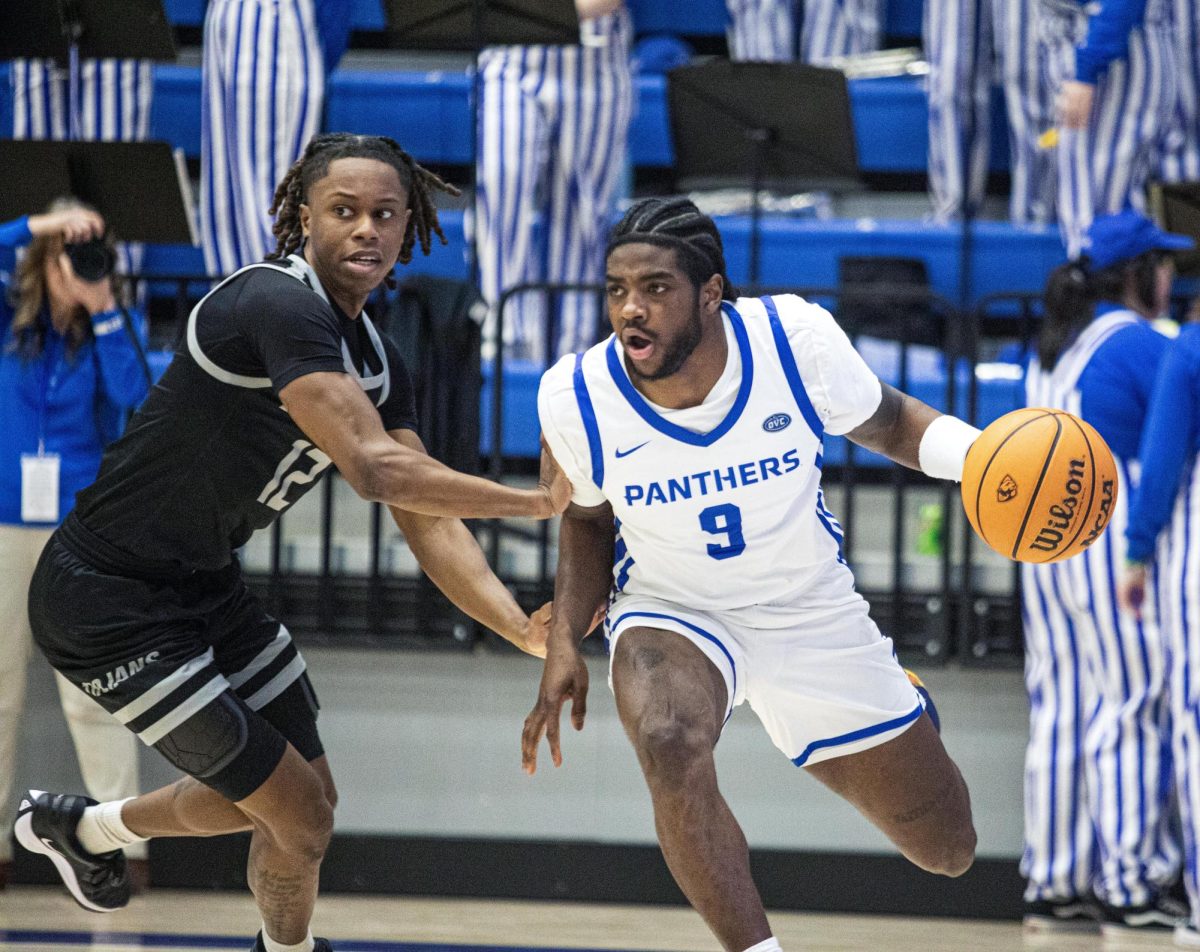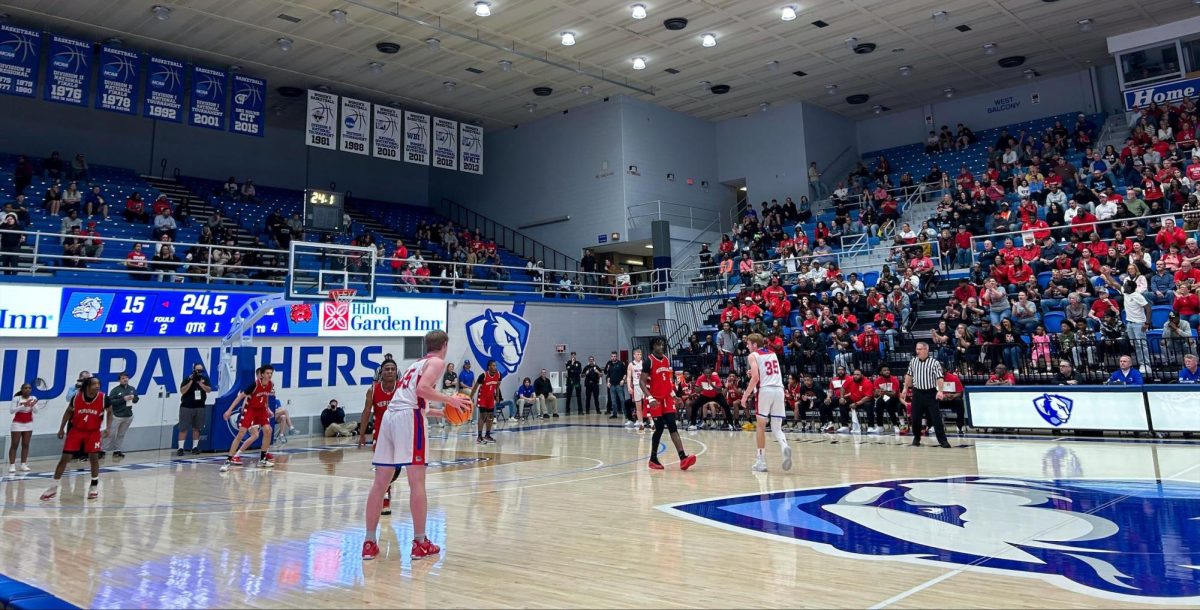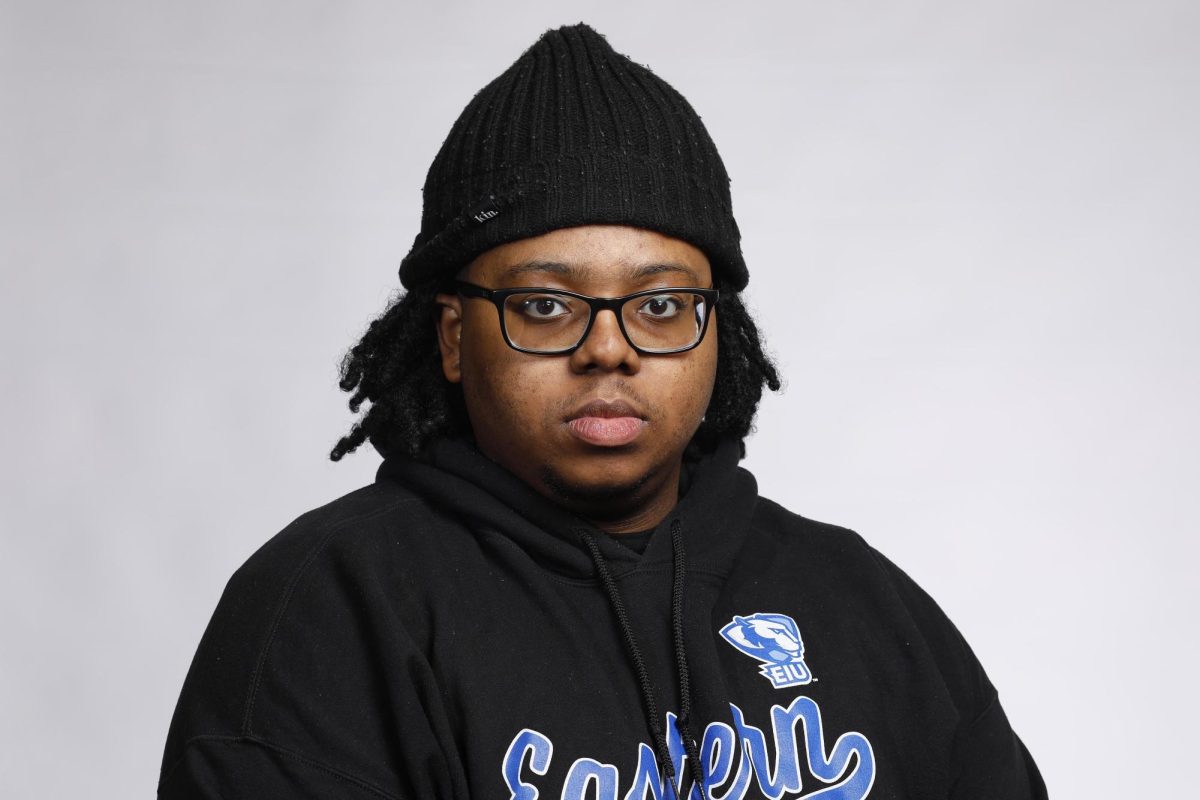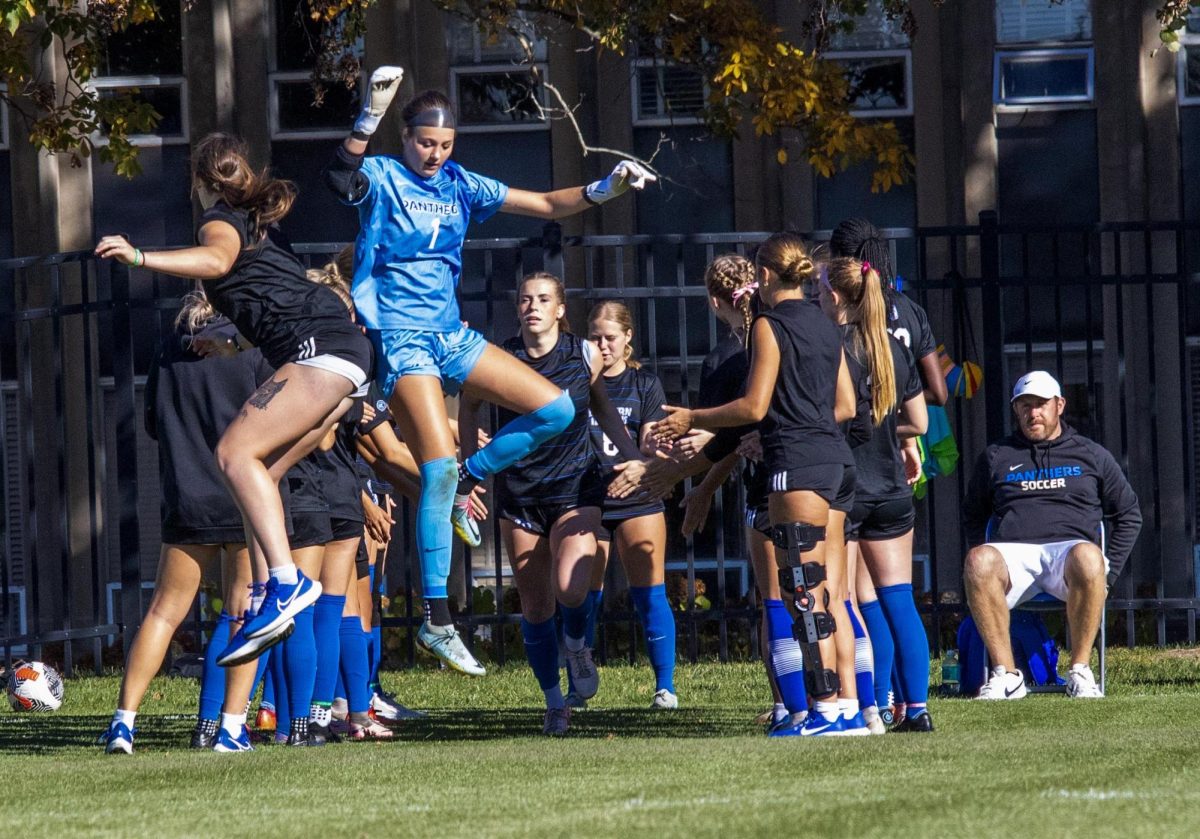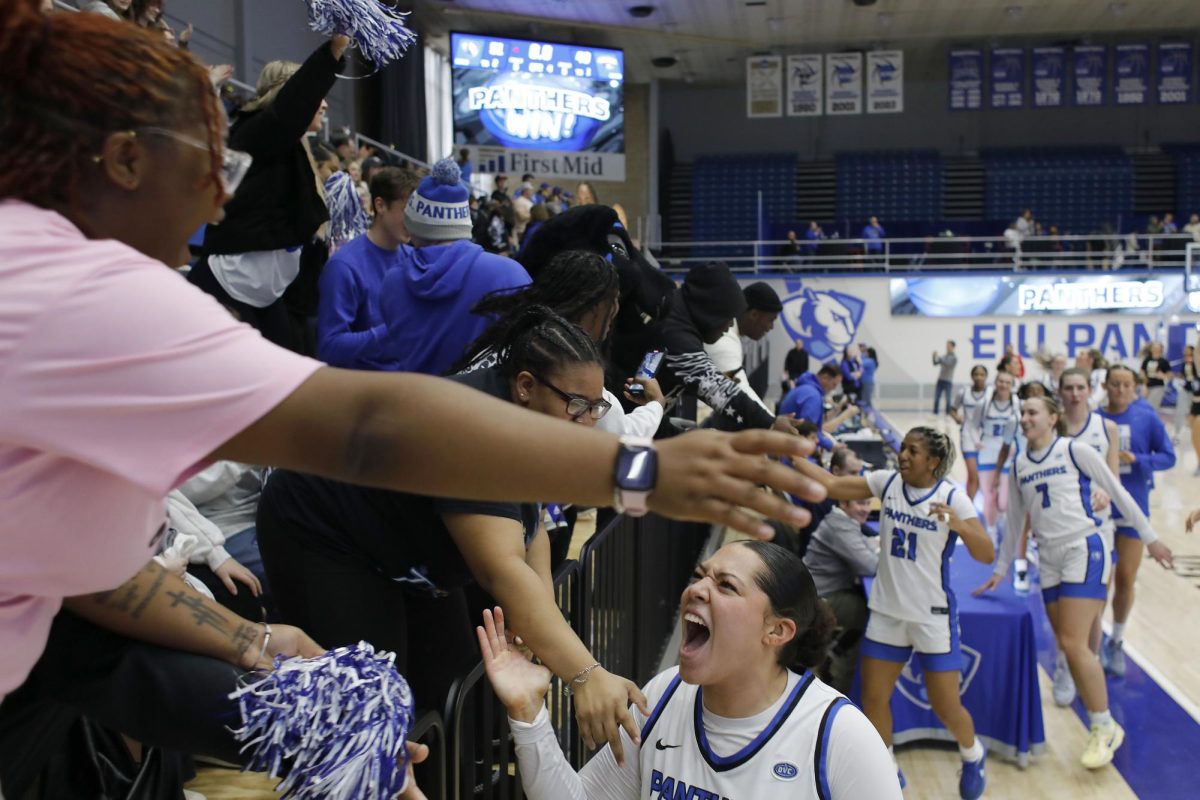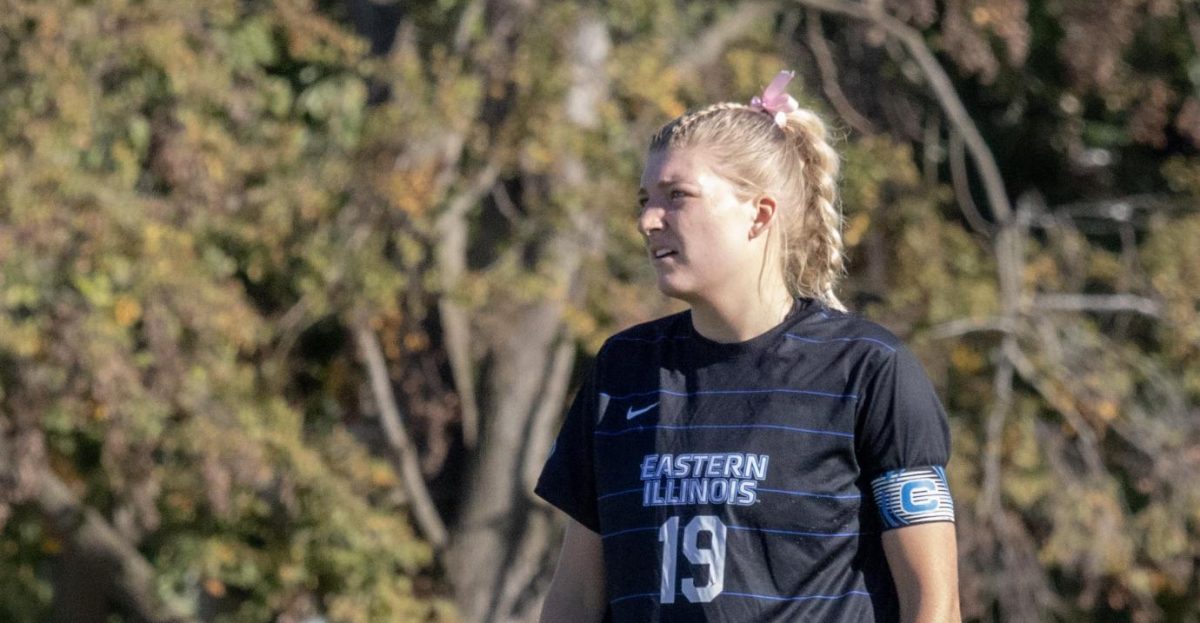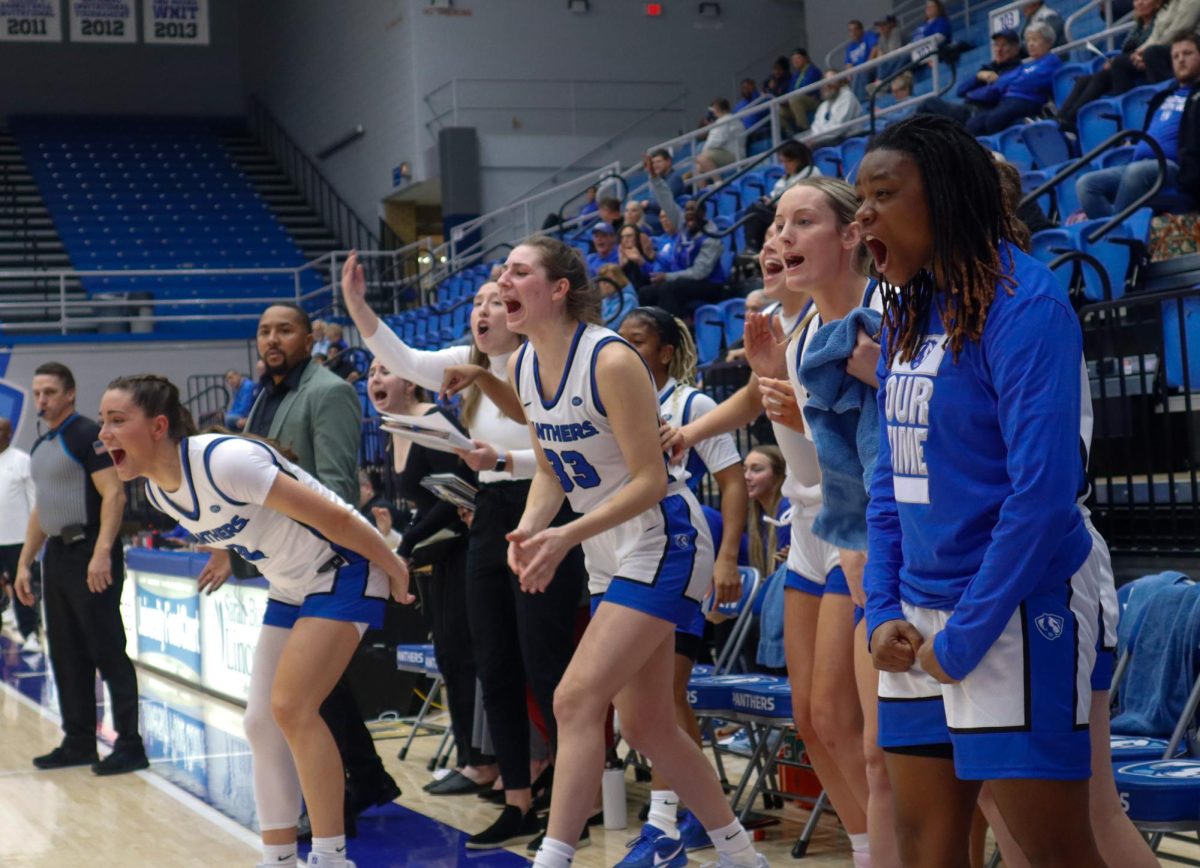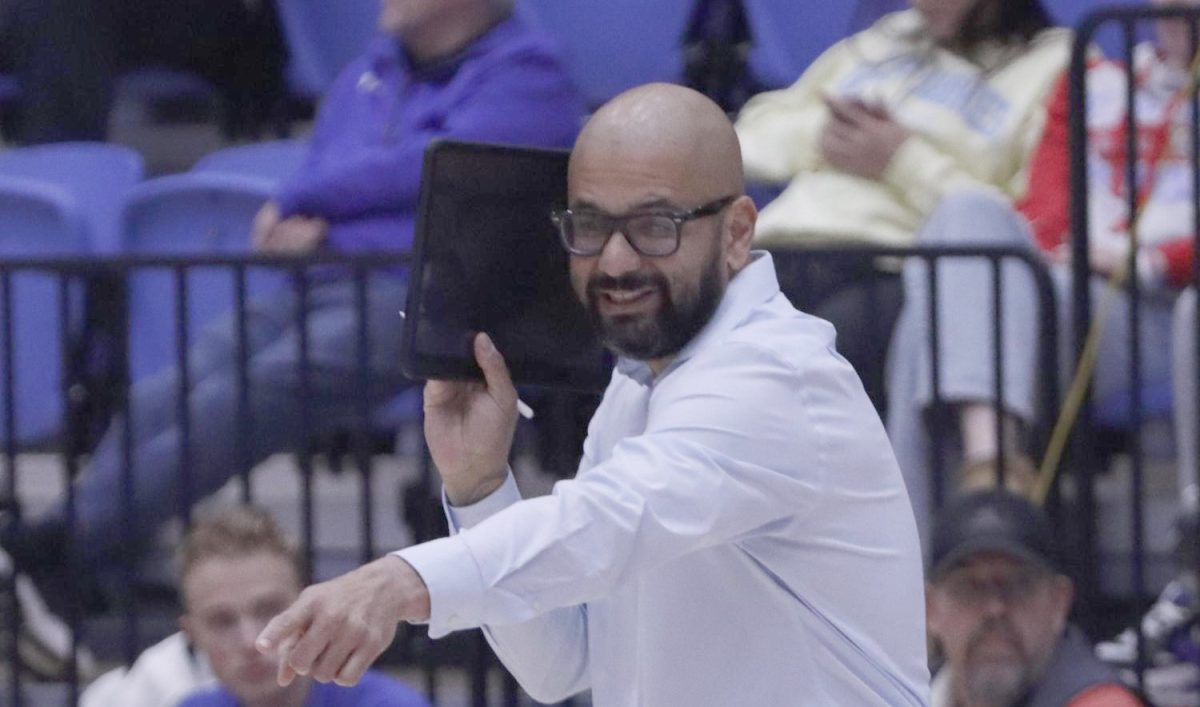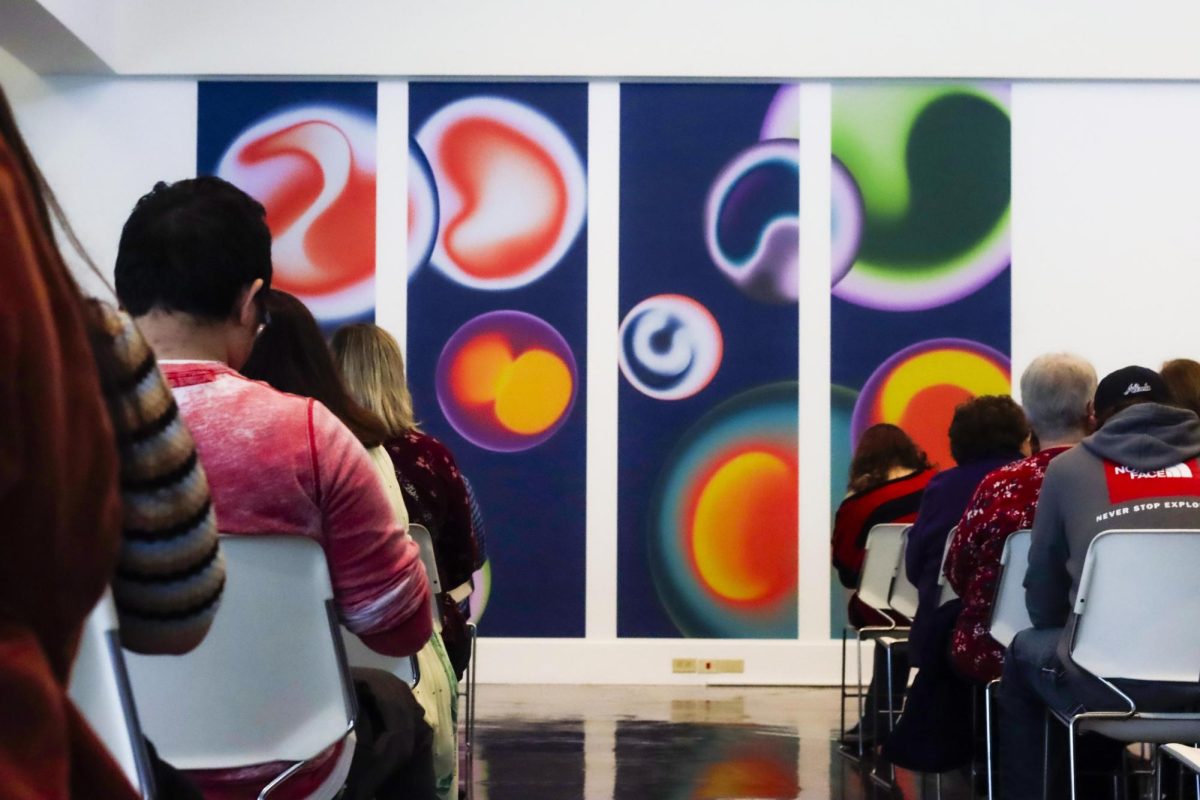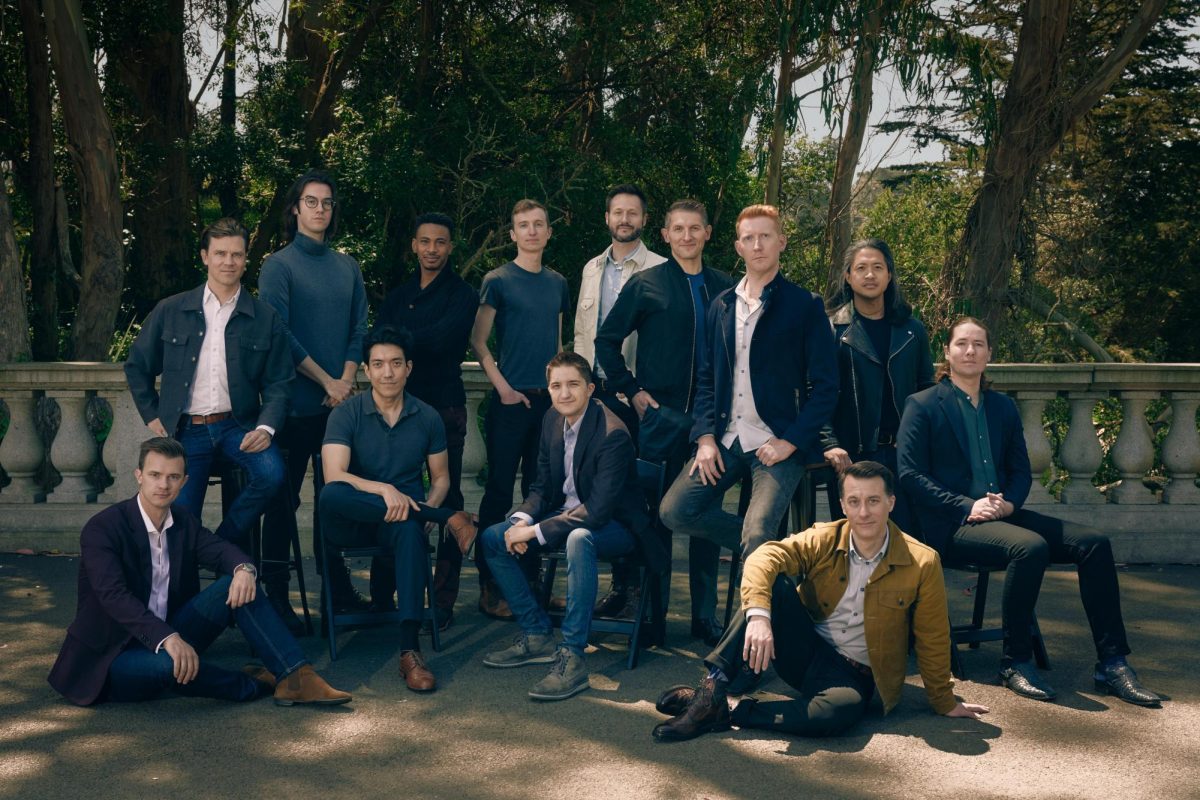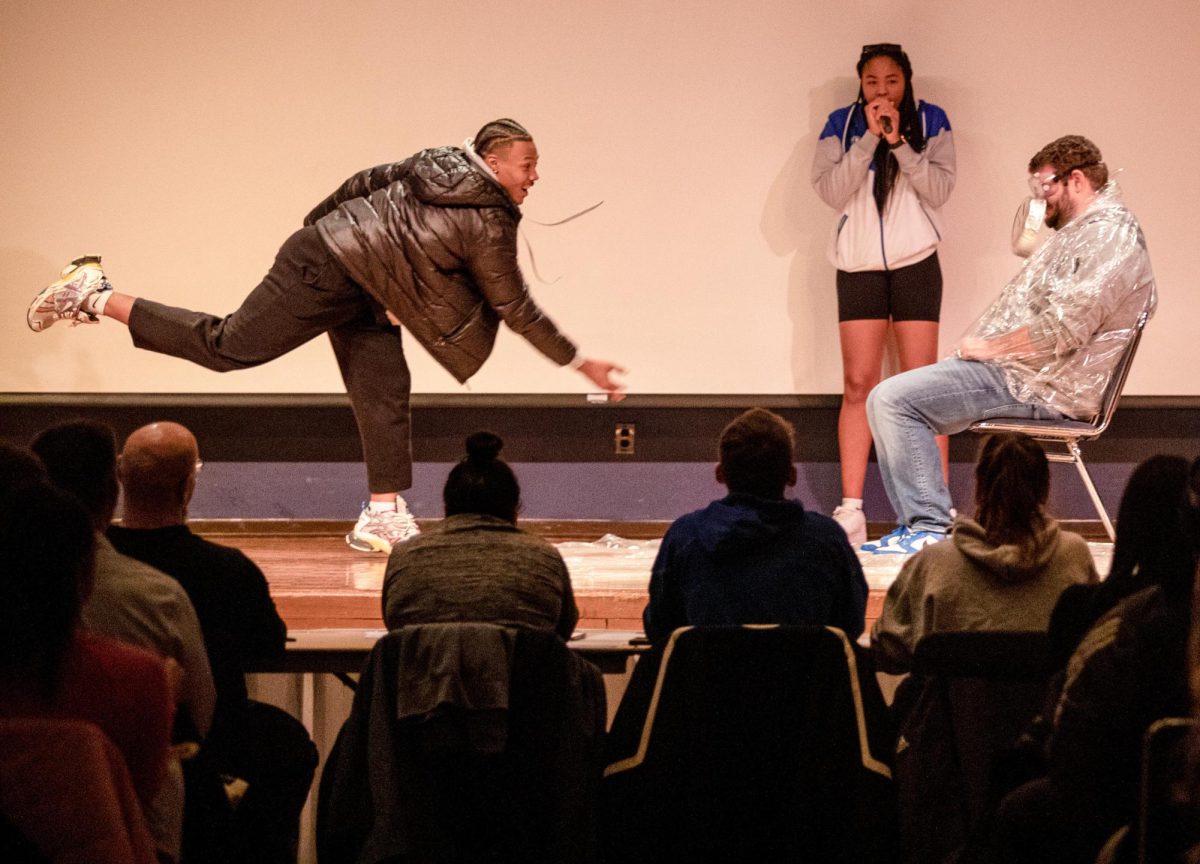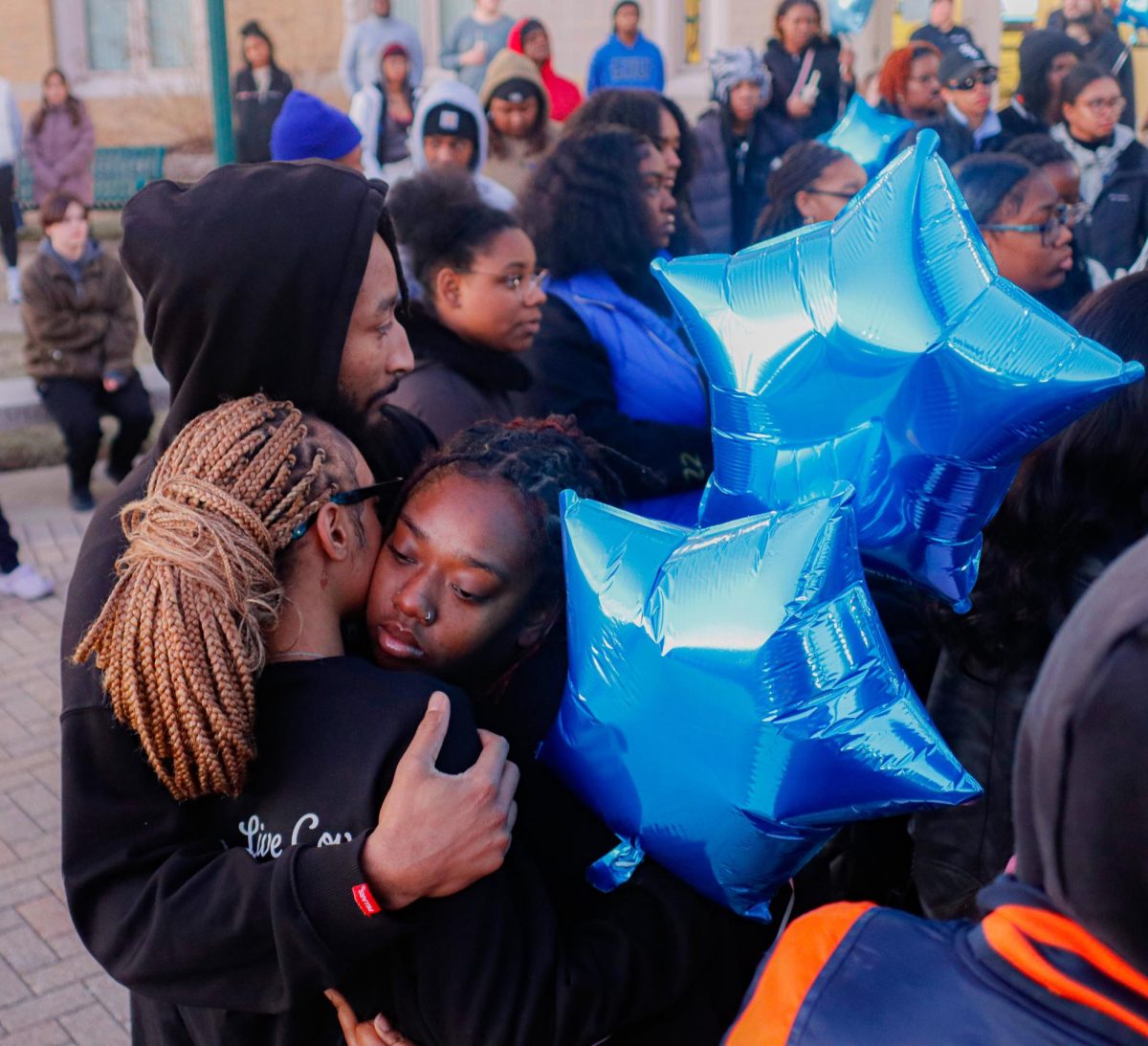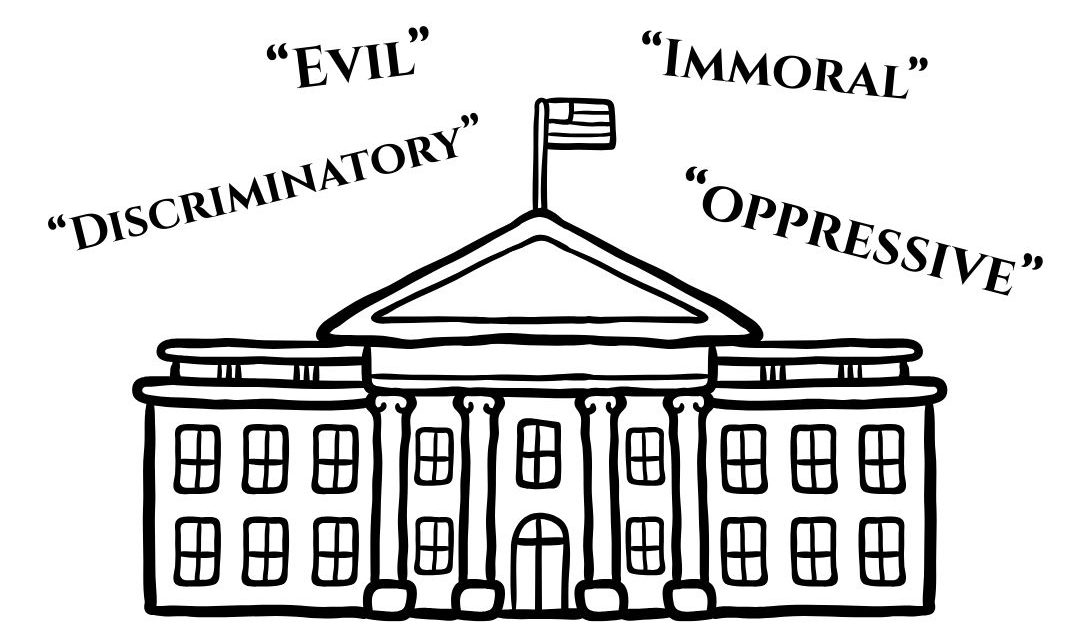“Time Cut” lives up to its name as a film that cuts into your valuable time that could be well-spent elsewhere.
The Netflix film follows Lucy (Madison Bailey) as she stumbles upon a time machine that sends her back to the year 2003.
Now in the past, Lucy and her newfound ally Quinn (Griffin Gluck) are faced with the choice of saving Lucy’s sister Summer (Antonia Gentry) and her friends from a serial killer that claimed their lives and was never caught in the future.
The plot including time travel immediately captured my interest as I love time travel stories, but I finished the film wishing I could travel back in time to do something more productive than watching this for roughly an hour and 30 minutes.
“Time Cut” also attempts to follow the time travel logic of “Back to the Future” where things changed in the past will directly ripple forward and alter the future.
I say attempts as the film fails miserably to choose a direction and retain consistent character motives as a result.
For example, there is a scene where Lucy and Quinn are discussing the consequences of interfering with the murders of Summer’s friends.
When Lucy asks Quinn to help interfere, Quinn explains the possibility that things could get worse or even cause World War III due to ripple effects.
Yet Quinn immediately agrees to help when Summer asks literally right after he explains why he shouldn’t.
These inconsistencies are riddled throughout the film’s runtime leading to multiple plot holes and me nearly falling asleep mid-movie.
The time machine also presents its own issues as its explained in the film how the time machine was placed and how it works, but the brief one-sentence mention about the serial killer actually using the time machine to commit the murders adds another layer of confusion to things.
Not even the murder scenes were captivating as the serial killer moved no differently than what you’ve seen before in Michael Myers’ slow walks towards his victims and his magical ability to teleport around obstacles.
Not to mention the murder is directly related to loosely defined and frankly unfinished romances between characters that are never given proper setup as these romances just happen suddenly and randomly.
Disappointed with the plot and characters, aside from the good sisterhood chemistry between Bailey and Gentry, I turned to the cinematography for some possible light in this drag of a movie.
And all I was met with was more disappointment.
Firstly, the quality of shots throughout the film were very hit or miss, as some shots appeared to be grainier than the bag of rice in my cupboard and others were as clear as day.
This could be a streaming issue as it is a Netflix movie, but I had good connection throughout, so I’m led to believe it was just shot and edited poorly.
The scenes at the start of the film taking place in the future also are incredibly gray and dull with almost no color being prominent whatsoever.
Luckily, all the scenes in 2003 and the brief return to the future later in the film had standout colors making everything much more engaging to watch.
I understand the start of the film started off dully to set the somber tone regarding the pain Lucy and her family feel following Summer’s death, but the colors were practically non-existent and dull for my liking.
“Time Cut” is a film with little-to-nothing going for it outside of good chemistry between two actors and vibrant colors. The time travel plot manages to be lackluster in the highest degree.
My advice: don’t cut into your valuable time watching this film.
There’s surely something better you could do.
Rating: 2/5
Luke Brewer can be reached at 581-2812 or at lsbrewer@eiu.edu.

















![[Thumbnail Edition] Senior Foward Macy McGlone, getsw the ball and gets the point during the first half of the game aginst Western Illinois University,, Eastern Illinois University Lost to Western Illinois University Thursday March 6 20205, 78-75 EIU lost making it the end of their season](https://www.dailyeasternnews.com/wp-content/uploads/2025/03/WBB_OVC_03_O-1-e1743361637111-1200x614.jpg)
